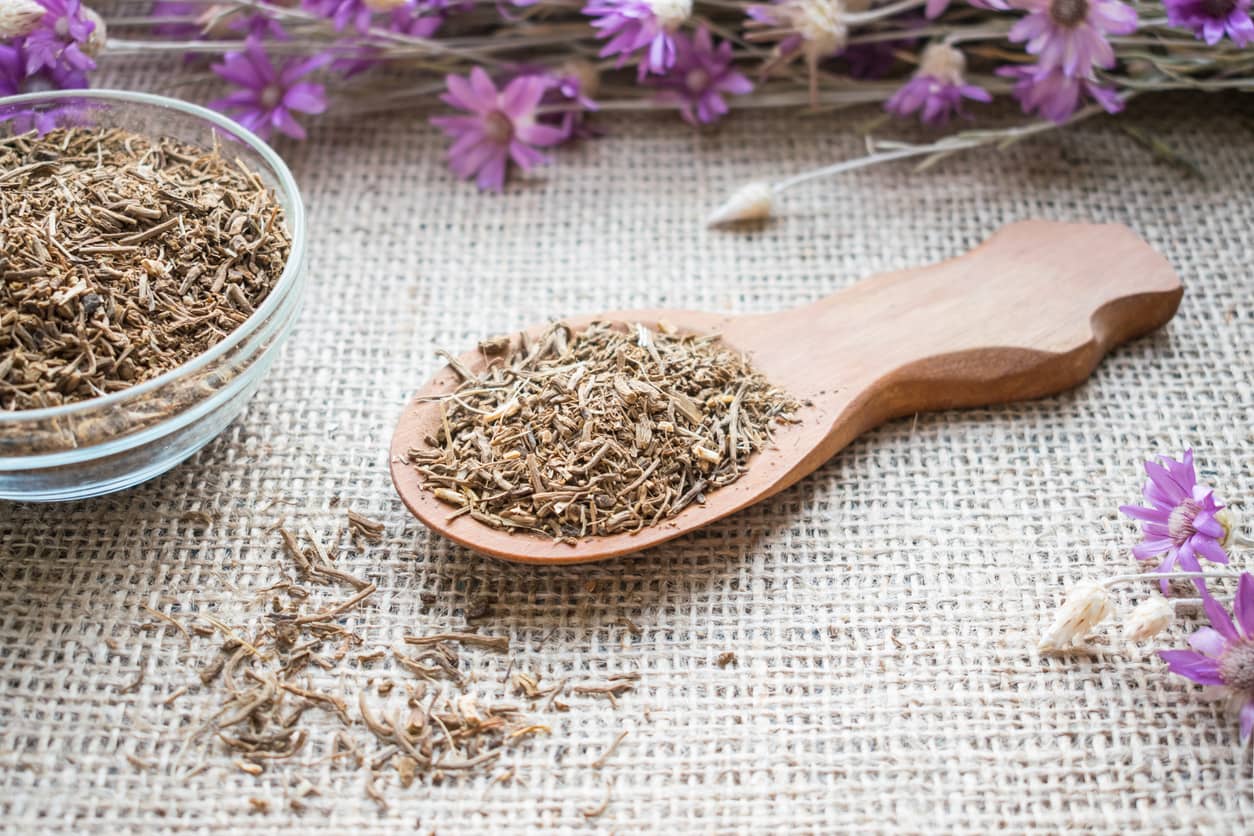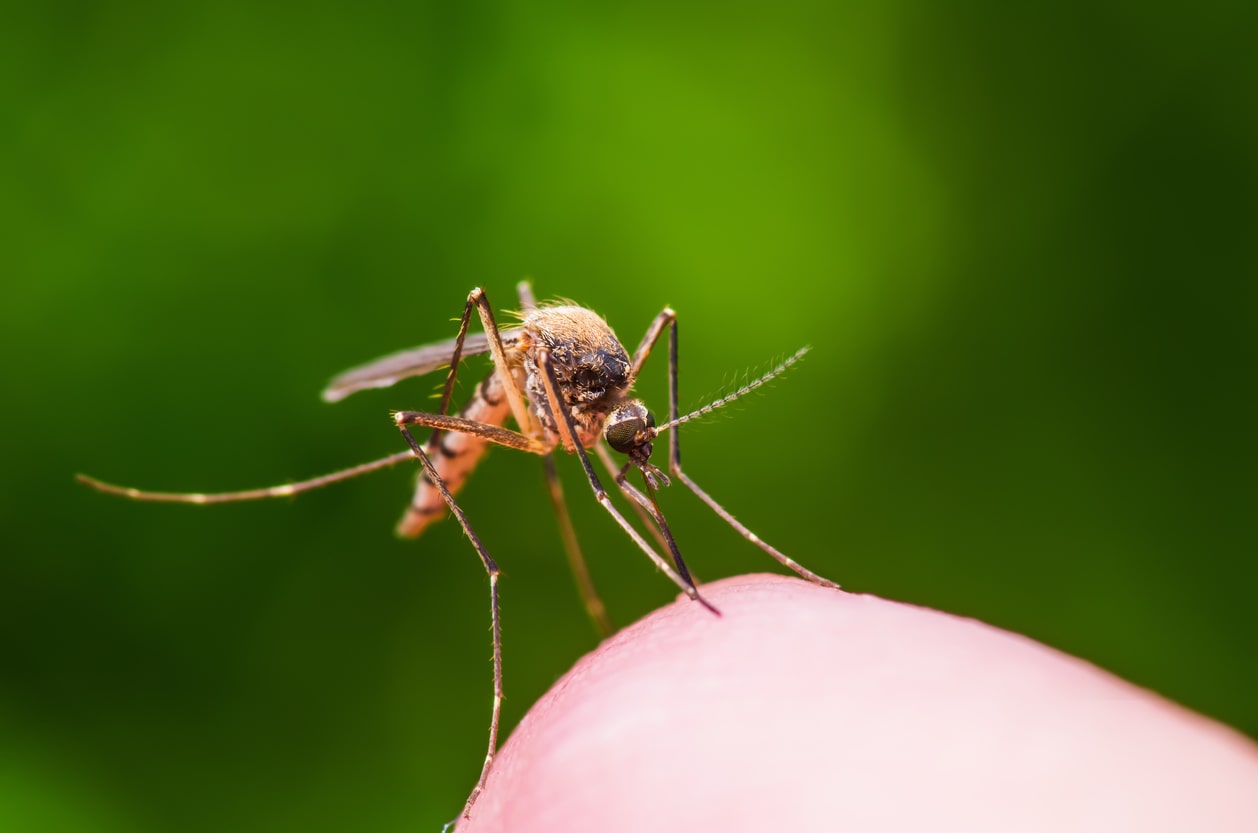Tick Bites on the Rise in 2025: What Really Works to Keep Them Away?

Key Takeaways
-
The CDC has reported a sharp rise in ER visits for tick bites, most notably in the Northeast US.
-
Ticks are attracted by several factors including carbon dioxide from breath, and more.
-
Prevention starts with smart clothing choices, awareness of high-risk areas, and thorough tick checks.
-
Plant-based repellents containing essential oils can support your overall protection plan.
-
Combining multiple strategies may help reduce the risk of tick exposure.
In 2025, the US is experiencing a notable surge in emergency room visits due to tick bites, with numbers reaching the highest level in the past five years. Health officials and outdoor experts are reporting higher-than-average tick activity in parks, backyards, and hiking trails, driving a rise in Emergency Room visits. The Northeast region has been hit particularly hard - recent CDC data shows 231 tick-bite Emergency Room visits per 100,000 visits in June, the highest regional rate nationally. These alarming trends underscore the importance of public awareness and prevention strategies during the tick season. You can view the full data and explore regional trends through the CDC's Tick Bite Tracker here.
Why Tick Activity Is Higher in 2025
Several environmental factors—like warmer winters, expanding habitats, and increased wildlife movement—are contributing to a surge in tick populations this year.
Ticks are resilient and opportunistic. Once temperatures rise above freezing, they become active and begin searching for hosts, often earlier and for longer periods than in previous years.
What Attracts Ticks?
Ticks aren’t flying insects—they wait on blades of grass or shrubs, extending their legs to latch onto animals or people who brush past. They're typically drawn to:
-
Body warmth and movement
-
Moisture and perspiration
-
Carbon dioxide from breath
They may then crawl to concealed areas of the body where they can attach.
How to Help Prevent Tick Bites
With activity trending higher than usual, layering your prevention strategies is key.
1. Dress Defensively
Wearing long pants, long sleeves, and closed shoes may reduce exposed skin. Tucking pants into socks or boots can make it more difficult for ticks to access your legs.
2. Avoid High-Risk Zones
Ticks thrive in tall grass, brush, and leaf litter. Stick to well-maintained paths and avoid overgrown edges when hiking or walking outdoors.
3. Check Often and Thoroughly
After being outside, do a full-body tick check—especially in hidden spots like:
-
Behind knees
-
Around the waist
-
Underarms
-
Hairline and scalp
-
Around ears and ankles
Pets should also be checked regularly, as they may bring ticks indoors.
4. Shower Within Two Hours
Showering can help wash off unattached ticks and gives you a chance to check for any that may have latched on.
5. Consider Plant-Based Repellents
Essential oils such as geranium, cedarwood, and oil of lemon eucalyptus have been studied for their ability to deter ticks. When used according to directions, they can be part of an effective prevention routine.
Tick Awareness & Care
With bite reports on the rise, especially in heavily wooded and grassy regions, awareness and timely prevention are more critical than ever. If you notice unusual reactions from a tick bite make sure to consult a healthcare provider.
Final Thoughts
This year’s tick season is more intense than usual, but preparation can go a long way in protecting yourself and your family. With heightened awareness, the right clothing, routine checks, and thoughtful use of repellents, you can enjoy the outdoors while minimizing your risk. Whether you're exploring a trail or spending time in the backyard, browse our full selection of tick repellents here to find the plant-powered protection with ingredients such as citronella, geraniol, clove and peppermint oil that fit your needs.
Partager
Votre partage peut en inspirer d’innombrables autres.


















































